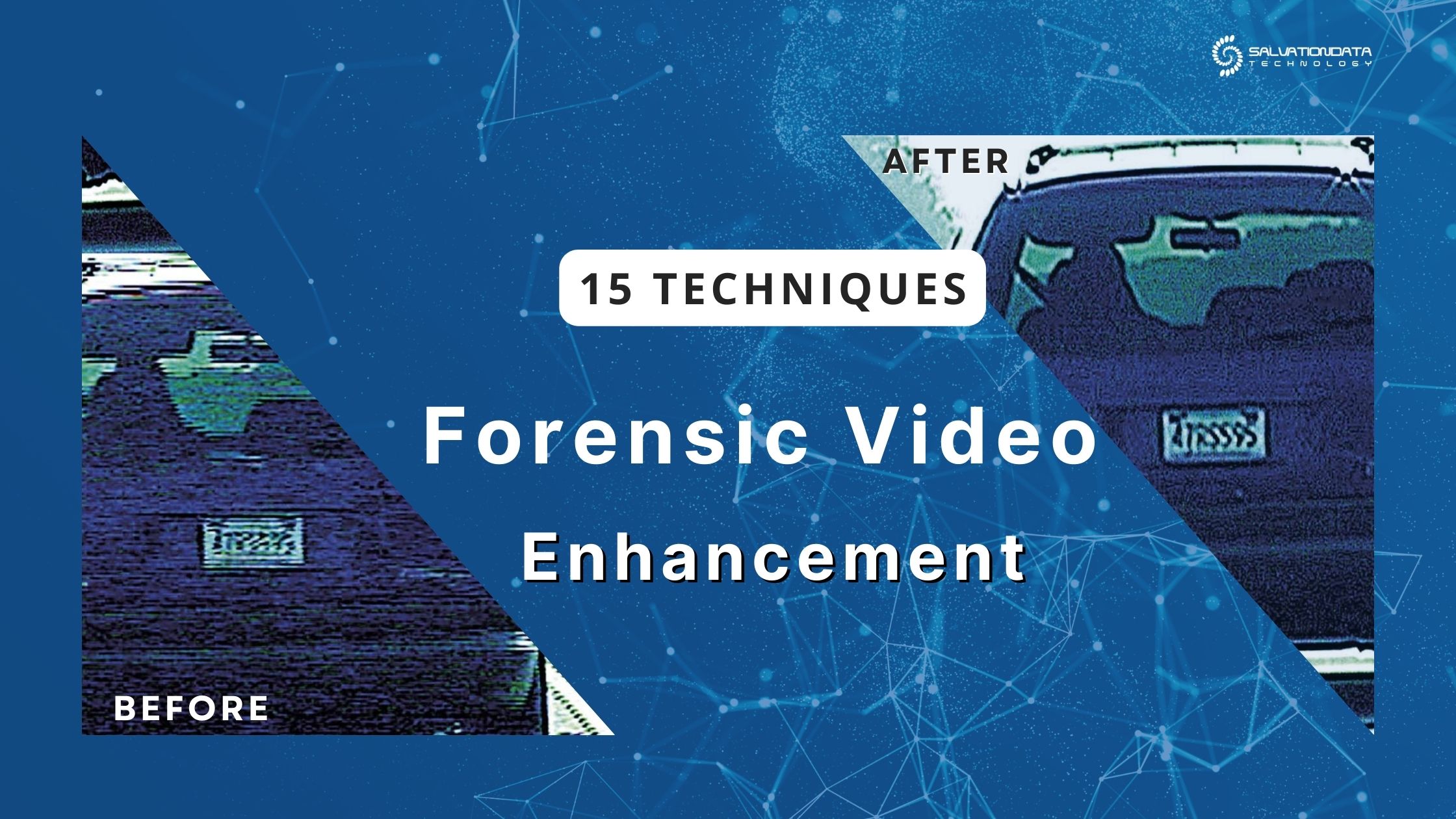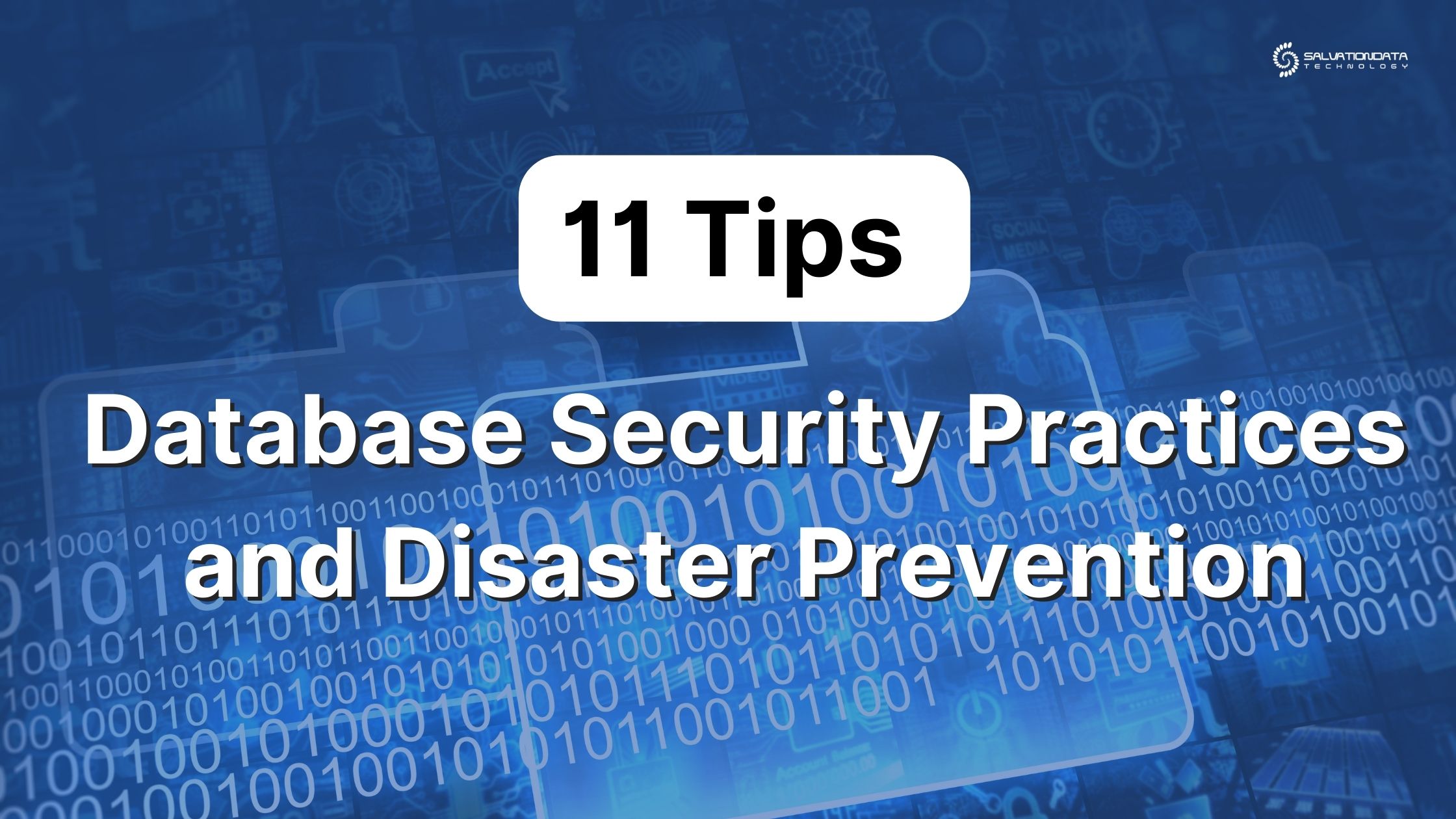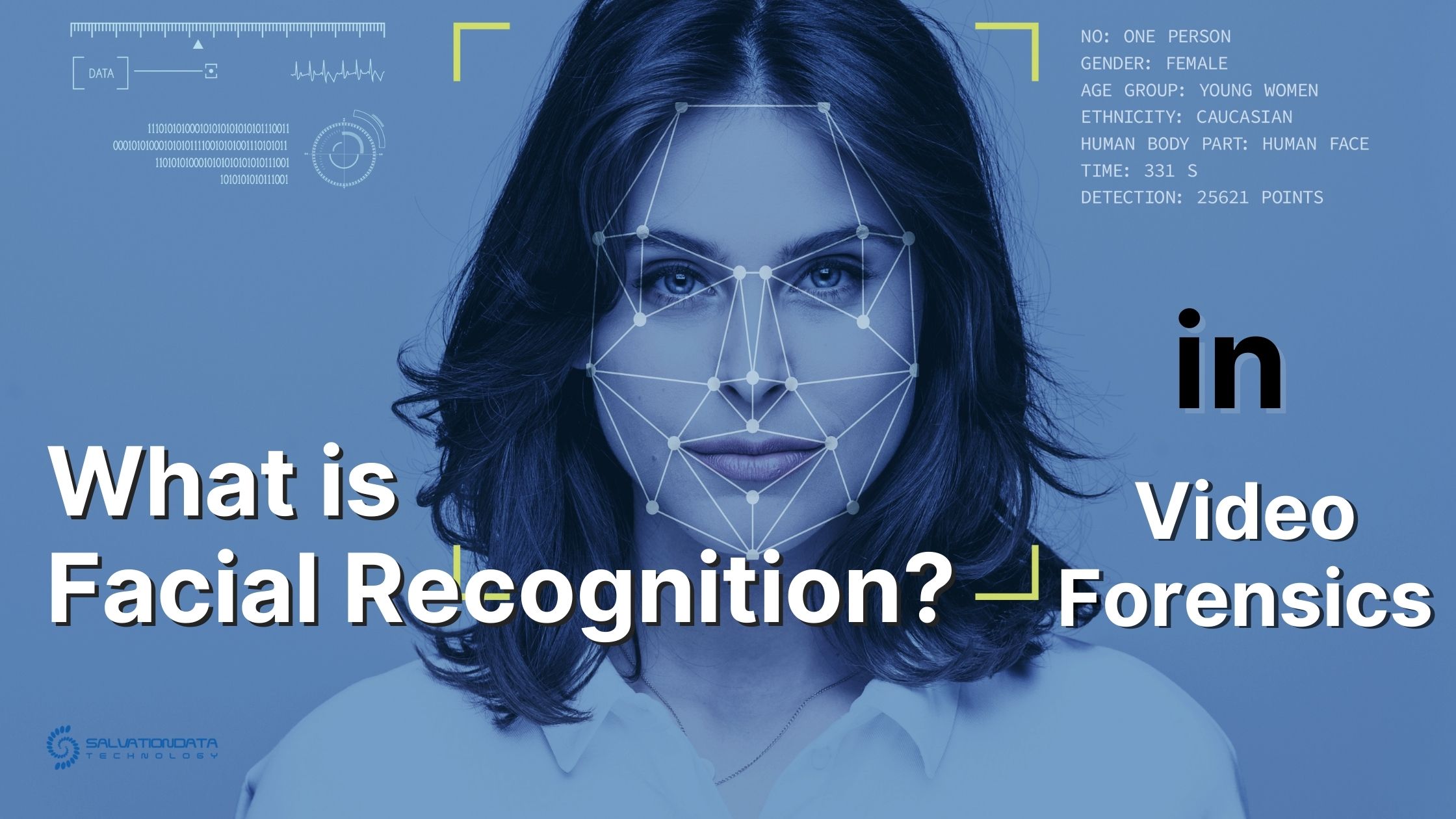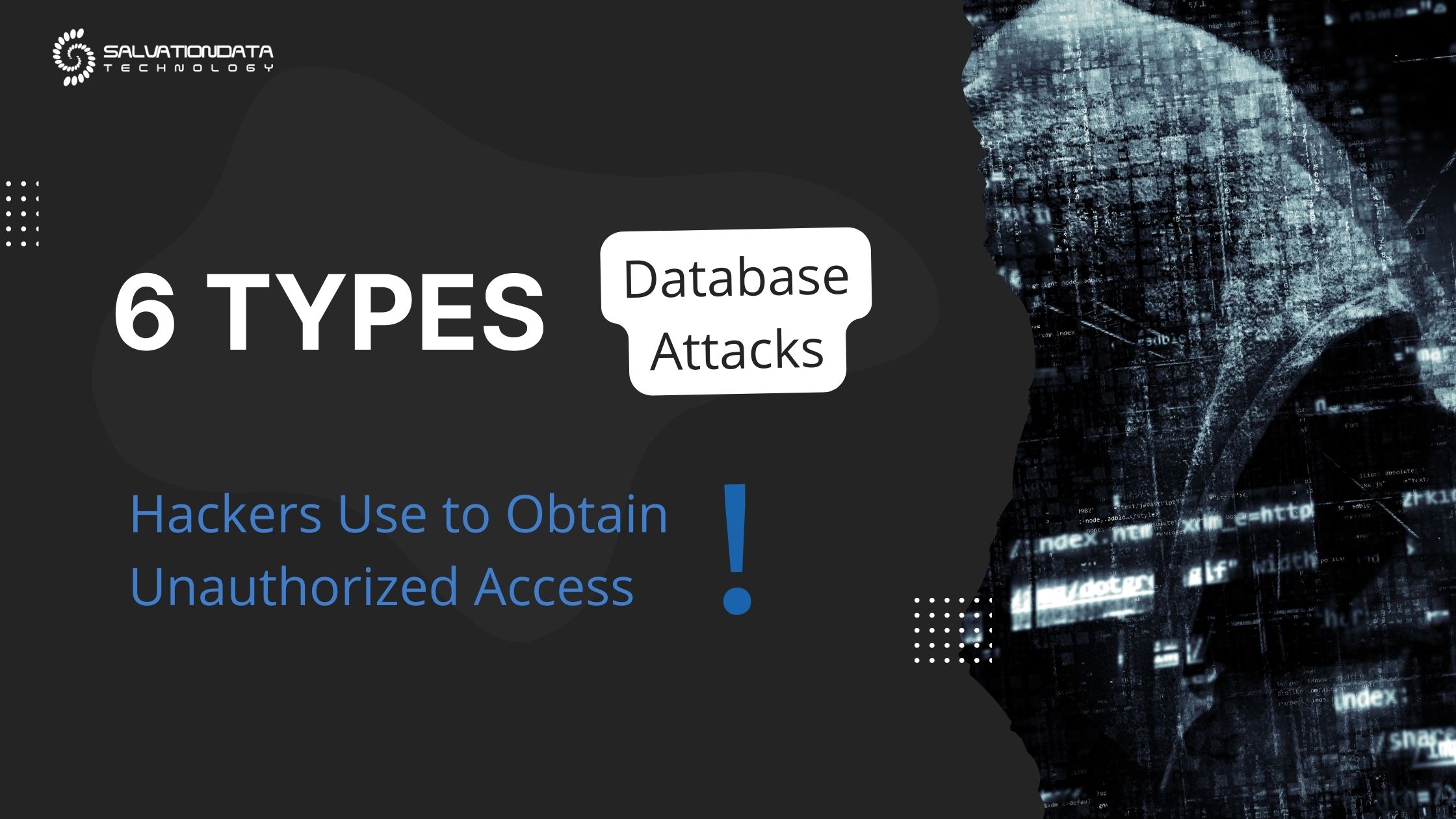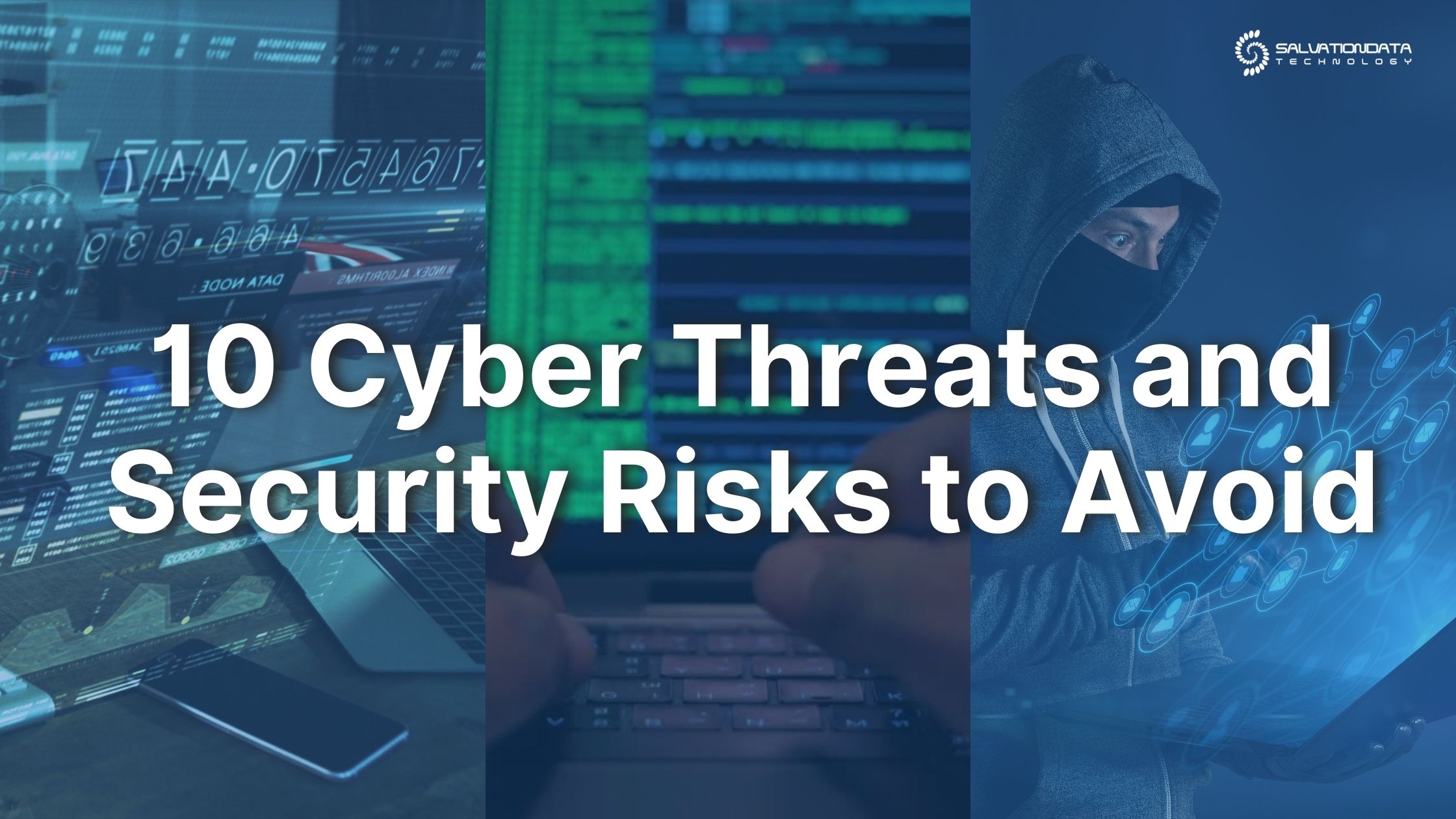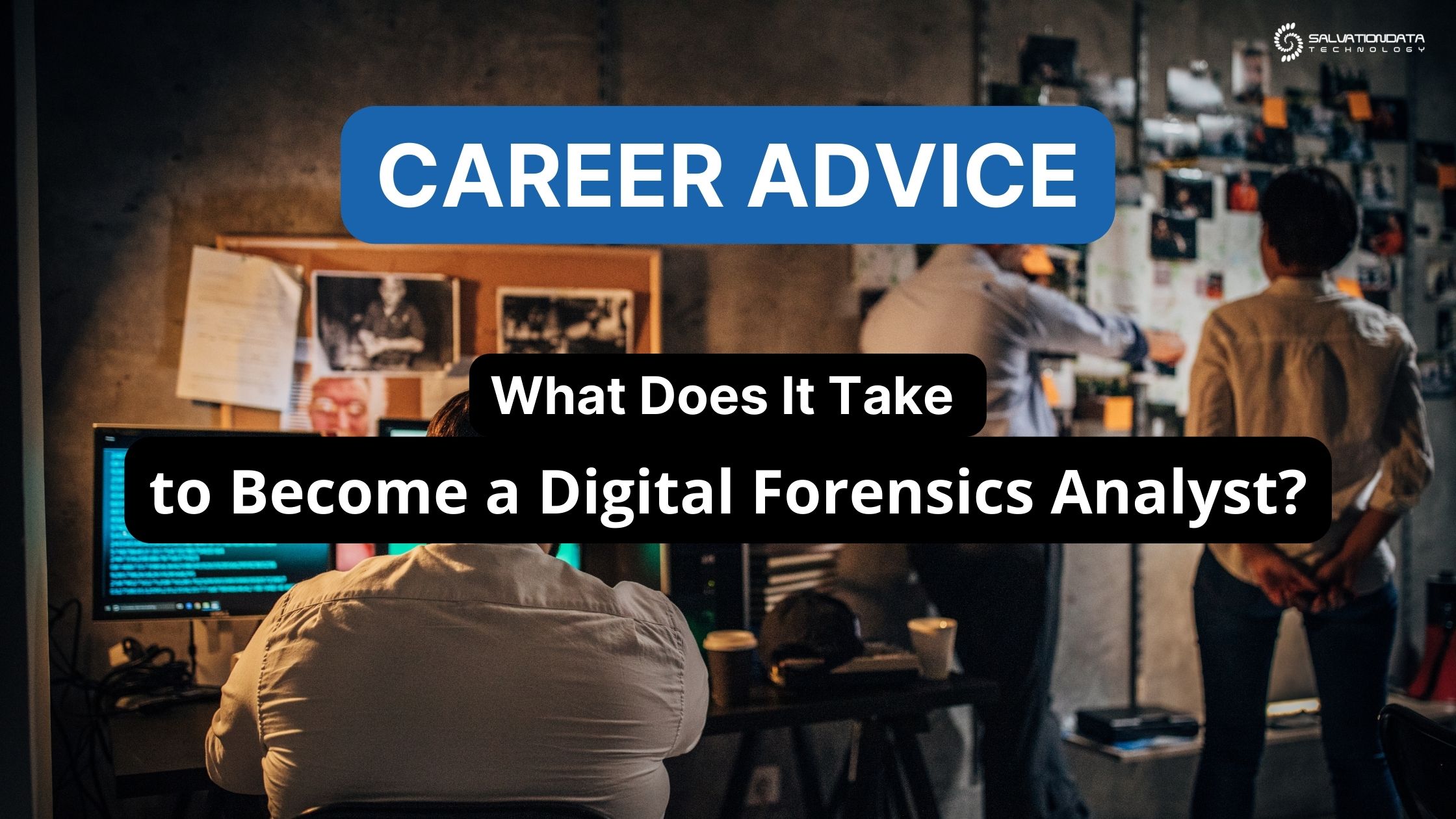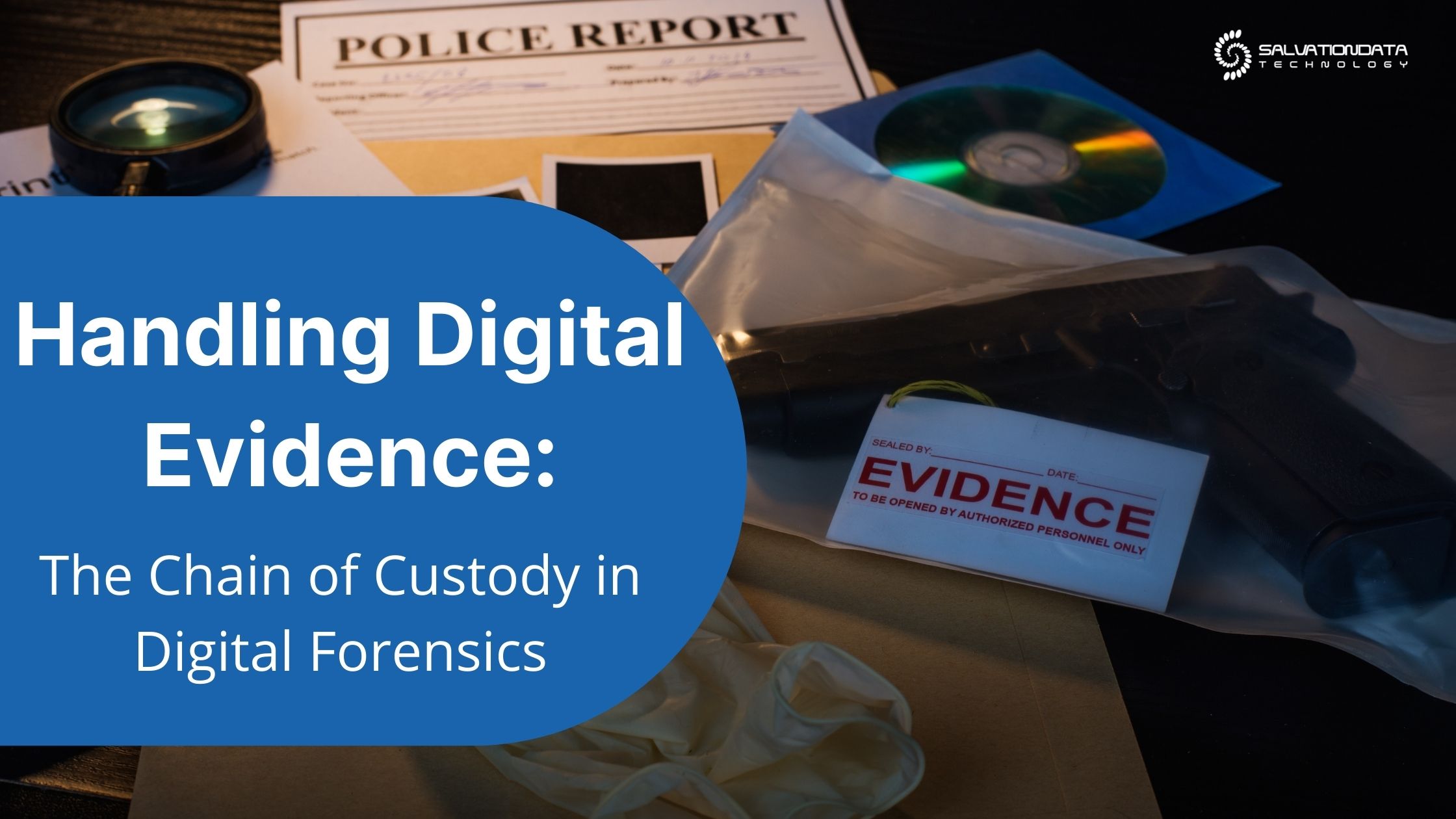During legal proceedings, it’s vital to gather the necessary evidence to prove that someone is either innocent or guilty. But it’s also about assembling key facts based on which litigators can decide on the most optimal course to take.
This process is referred to as eDiscovery. You can think of it as a way to research the matter at hand. At the same time, it’s also a structured process that allows the legal professionals to make quick yet procedurally correct decisions.
The objective is to get the facts right. In practice, a litigator would need them to make a strong case in court, but may not have the time to gather them manually. That’s what drives so many eDiscovery jobs – litigators are looking for ways to get some of that burden off their shoulders and outsource the additional work to a qualified eDiscovery and digital forensics expert.
Today, we will take you through what is eDiscovery, why it’s important, what the process involves, and how it all ties up with the field of digital forensics.




